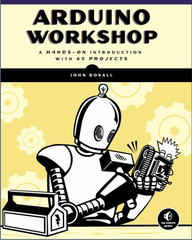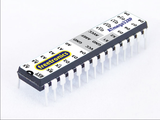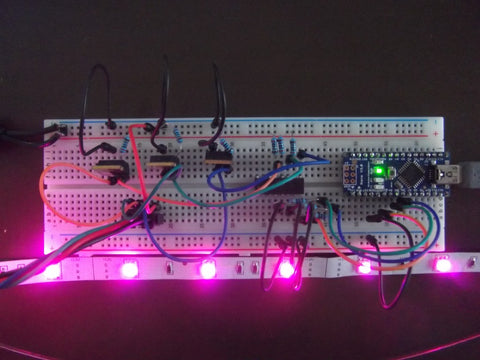Making your own test equipment is always a fun and educational process - as you can not only create something that is useful, along with learning a lot more about the targets of the equipment. A good example of this is a series of Arduino-based capacitance meters which have been documented by Scott Campbell.
The reason for offering a series of meters is that not one could cover the range of capacitors that are commonly used by enthusiasts, and Scott's testing has shown which value ranges are best measured with different techniques. Furthermore the theory behind maesuring a capacitctor is also explained so you can expand with your own versions.

Even if you're not interested in making your own meter, Scott's tutorial is a good read on theory and capacitor discharge rates, so head over to his website to get started. And for more, we're on facebook, Google+, and twitter - so follow us for news and product updates as well.
If you need to add external hardware or devices to your next Arduino project, you'll need a protoshield to mount the external circuitry. In doing so, consider our range of ProtoShields. From the tiny LeoStick to the Mega we have a wide range to suit your application.























